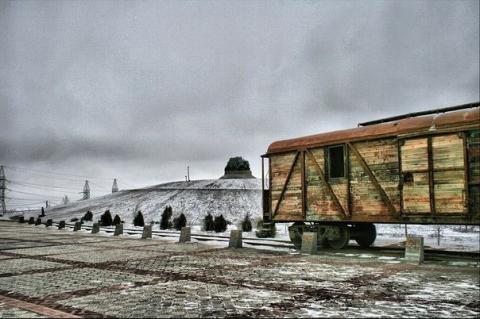Статья
Автор 1 | RUS Калмыцкий институт гуманитарных исследований РАН ENG Kalmyk Institute for Humanities of the Russian Academy of Sciences |
Заглавие | RUS ВЕРХОВЫЕ КОНИ В СКИФСКОМ ПОГРЕБАЛЬНОМ ОБРЯДЕ ENG |
Аннотация | RUS ENG |
Ключевые слова | курганы ◆ погребальный обряд ◆ конские могилы ◆ скифы ◆ burial mounds (kurgans) ◆ burial rite ◆ saddle horses ◆ Scythians |









